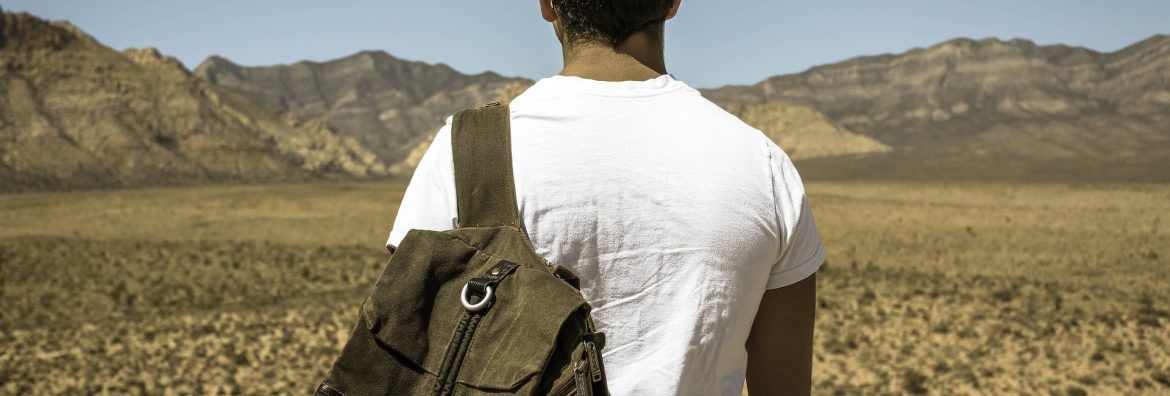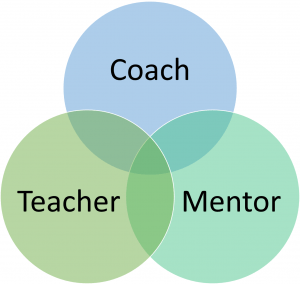When I woke this morning, I laid in bed for a moment realizing the quieter start of our days and thought through the agenda for the hours ahead. I took a moment to figure out what day it was, marveling at the perception of time. Days are flying by, yet it feels like we’re standing still.
I was struck by a thought I had, and that it was the exact same thought I had the day before, and the day before that. It’s a thought that comes to me with such clarity, such simplicity, and urgently. “This is so weird.”
We will be going through our day without leaving the house (except to take another walk around the block ), without interacting with other people (except for our neighbors from an awkward distance across the sidewalk), and without physically connecting with our friends and family outside of our home. Now, more than ever, I am grateful for technology and video conferencing.
I wonder, when will I wake and say, ‘this is normal.’ Or not have any thought or judgment of the day at all. And what I’m learning is that it isn’t without the other experiences that I’m able to truly observe my current reality.
Without a sense of normalcy, I wouldn’t be able to see this current reality as weird. As I reflect on the changes and differences and losses of today, I can see more clearly all the things that I perceived as normal. Read More…










